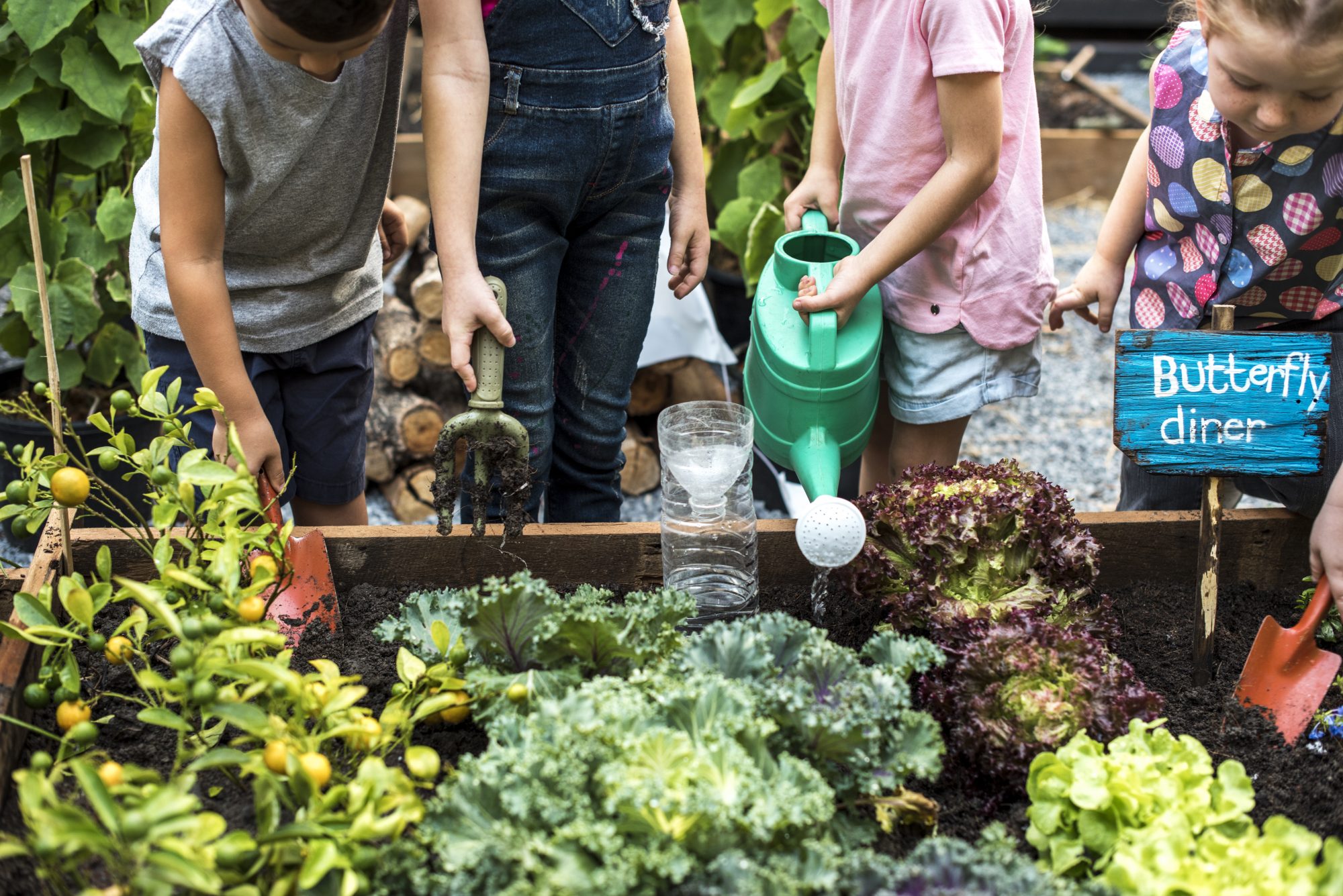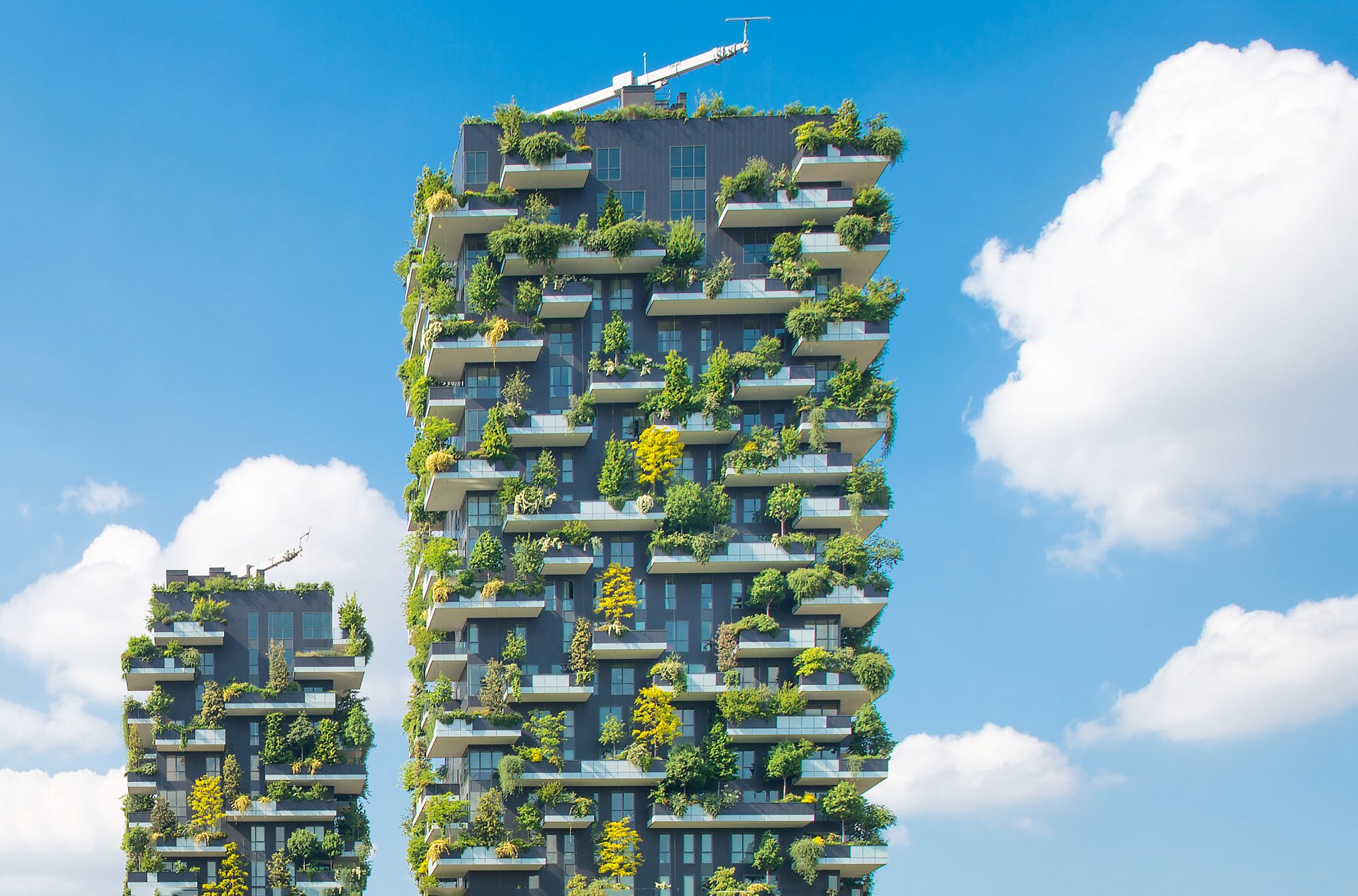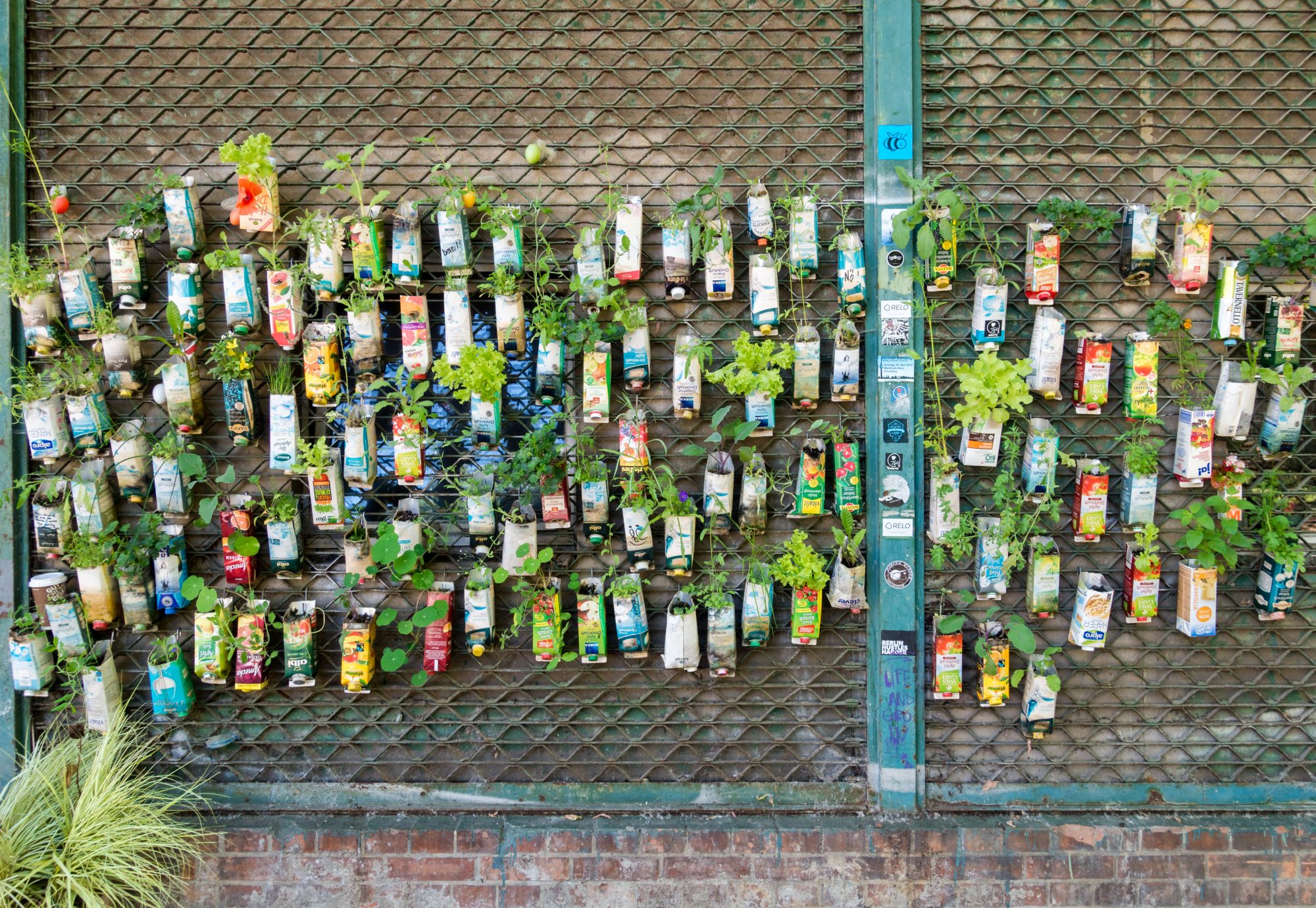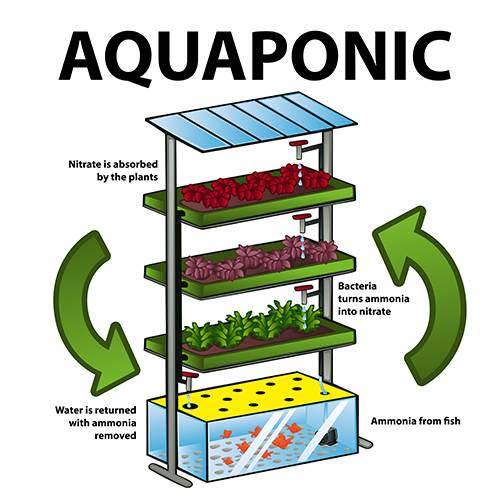5 ways in which a city can be transformed into a farm
Megacities are already bursting at the seams. By 2050, according to United Nations estimates, two-thirds of the world's population will live in cities. As the acreage for agriculture is becoming increasingly scarce, it is relocated to the city.
By 2020, about 60% of the population in developing countries is expected to live in cities. Additional, challenges this entails include resource scarcity, unsustainable production and consumption patterns, food loss, waste and climate change. However, urban agriculture can help solve this problem.
Generally, urban agriculture means to grow food products (grains, root crops, vegetables, mushrooms, fruits etc.), or non-food products (aromatic and medicinial herbs, ornamental plants, tree products etc.) or to raise animals (poultry, rabbits, goats, sheep, cattle, pigs, guinea pigs, fish etc.) within and around cities.
Urban agriculture is possible in three ways: on private land (terraces, backyards of residences), on public land (parks, conservation areas, along the road, streams and railway lines) and on semi-public land (schoolyards, grounds of educational and health facilities). The following five examples are intended to show in which forms urban agriculture is possible.
#1 Community gardens
Community gardens are collectively operated gardens in a city. This may be on semi-public land, private property or public land. These types of gardens have emerged on the one hand from a newly awakened need for the production of one’s own healthy food, and on the other hand with the goal of exchange among people cultivating them. Community gardens are not only an enrichment of the green spaces in districts, but also promote the coexistence of people. There are places for men and women, young and old, and people of different cultures, to plant, harvest, eat and celebrate together. The reasons for being part of a community garden are manifold: Activity in the fresh air, no packed supermarket vegetables or fruits anymore and contact to other people. Gardening does not always have to happen in your own house or in the allotment garden — simply pack a shovel and gardening gloves and drive to a community garden nearby.
Community gardens with their social, environmental and cultural function, emerged in New York in the 1970s in the so-called “Community-Garden-movement”. However, even in ancient civilizations, such as the Egyptians or Romans, pronounced forms of horticulture were maintained. Monasteries have been running them for centuries. Currently, there is a growing interest in urban gardening. Starting from the founding of the first community garden in New York, the trend is spreading to many other cities. Community gardens offer the opportunity to participate in urban design. Moreover, you can learn from others and at the same time harvest delicious and fresh vegetables and fruits.
Children are in the garden watering the plants

#2 Vertical farming
Peaches and apples at the bottom, tomatoes and strawberries in the middle, and herbs and spinach growing at the top — this is an example for vertical farming. Since plants are true survival-artists and can grow virtually anywhere, provided that light and water are accessible in sufficient quantities, the idea of vertical gardens came into being. Vertical farming describes the possibility to operate agriculture in urban areas. In building complexes, fruits or vegetables are to be produced all year round on several superimposed levels. Especially in Japan, the trend is booming since the nuclear reactor disaster in Fukushima in 2011.
Followers of vertical farming want to bring agriculture back to the city. As there is no room for fields in megacities, they pile their acreage up. In the future, plants will be grown on several floors in huge skyscrapers. The world leaders in cultivation methods regarding vertical farming are South Korea and China. In Europe, the company Planatgon in Sweden is working on a high-rise project to grow various types of vegetables. In Singapore, the first commercial vertical farm was built in 2012. It produces about a ton of fresh vegetables every day.
Skyscrapers Vertical gardens Milan

#3 Guerilla Gardening
Guerilla Gardening is the subversive variant of urban gardening. Originally, it had another meaning: The secret sowing of plants was described as a subtle means of political protest and civil disobedience in public space. This type of gardening has evolved into urban gardening and combines with the protest, the benefits of a harvest and the beautification of gloomy inner cities. Guerilla gardening offers a new way of beautifying grey spots in cities and at the same time, taking a step towards self-sufficiency.
The project started in New York and soon found imitators in many Western countries. In 1973 the “Green Guerillas” — founded in the US — cleared the garbage and debris from fallow land and set up a garden there. In general, this green counterculture is both about bringing nature into the city and liberating itself from the agribusiness. A city could theoretically be a single garden if every inhabitant planted something. But why should we care for a piece of land that does not belong to us? Who wants to get legal problems because of this? These are the fears of many people when they think about guerilla gardening.
Old beverage cartons used as plant pots

#4 Aquaponics
Aquaponics is a combination of aquaculture (fish production) and hydroponics (plant production) – hence a combination of fish and plant breeding. It combines the cultivation of fish in aquaculture with the cultivation of hydroponic crops. In closed loops, plants can use synergy effects, whereby fish and plants profit from each other. Pumping plants use excrements from fish farming as nutrients for plants. Water from a fish tank containing fish excreta is pumped onto plant beds. As a result, bacteria living in hydroponic plants clean up the contaminated fish water. This is then well available for the growth of the plants.
Finally, the water flows from the plant bed back into the fish tank, where the cycle begins again. Aquaponics, as a combination of fish farming and crop production in hydroponics, not only provides a technical solution for the sustainable development of low-emission production, but also the opportunity to increase production and reduce costs in both systems. The ability to largely dispense with the fertilisation of the plants, to achieve an increase in the growth of fish due to lower nutrient load and to reduce investment costs and water taxes, should thus be created.
The trend was first implemented in America. In the US, large-scale aquaponic facilities are being built, enabling environmentally friendly production of large quantities of food. In Germany, the company ECF (Efficient City Farming) processed aquaponics into a business model.

#5 Urban beekeeping
Bees feel comfortable in a city, even if that is difficult to imagine. In the city, there is more than enough room for bee colonies, you just have to find it, organize it and possibly shape it. Through parks, cemeteries, avenues, gardens, green roofs, wild land, traffic islands and balcony plants, they experience no shortage. But why are cities suitable for bees? The plant or flower supply has grown and there are more and more green areas that are equipped with a variety of plants that are not polluted by pesticides.
Additionally, the climate, which is two to three degrees higher in cities, is an advantage, as they prefer warm temperatures. But who are the city beekeepers? Whether bankers, office workers, masons or hairdressers: Anyone can become a city beekeeper and thus create a new hobby and a pastime. All you need for beekeeping in the city is an open space and the necessary equipment. And beekeepers in the city are successful: to everyone’s surprise, city beekeepers are harvesting significantly more honey than beekeepers in rural areas.
The trend started in New York, where beehives were set up in the Central Park in the early 1970s. Nowadays, city beekeeping is booming in many cities. The centres of urban beekeeping are Berlin, London, New York, Tokyo, Toronto, Paris, Vancouver and Washington, D.C.
Lone Bee in Concrete Jungle of Los Angeles

Keywords
resource scarcity, growing food, farming

